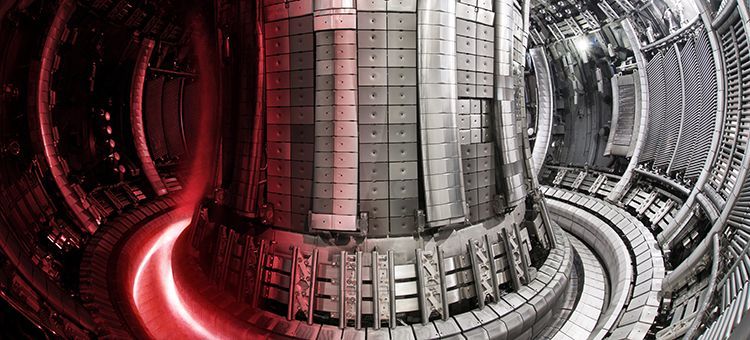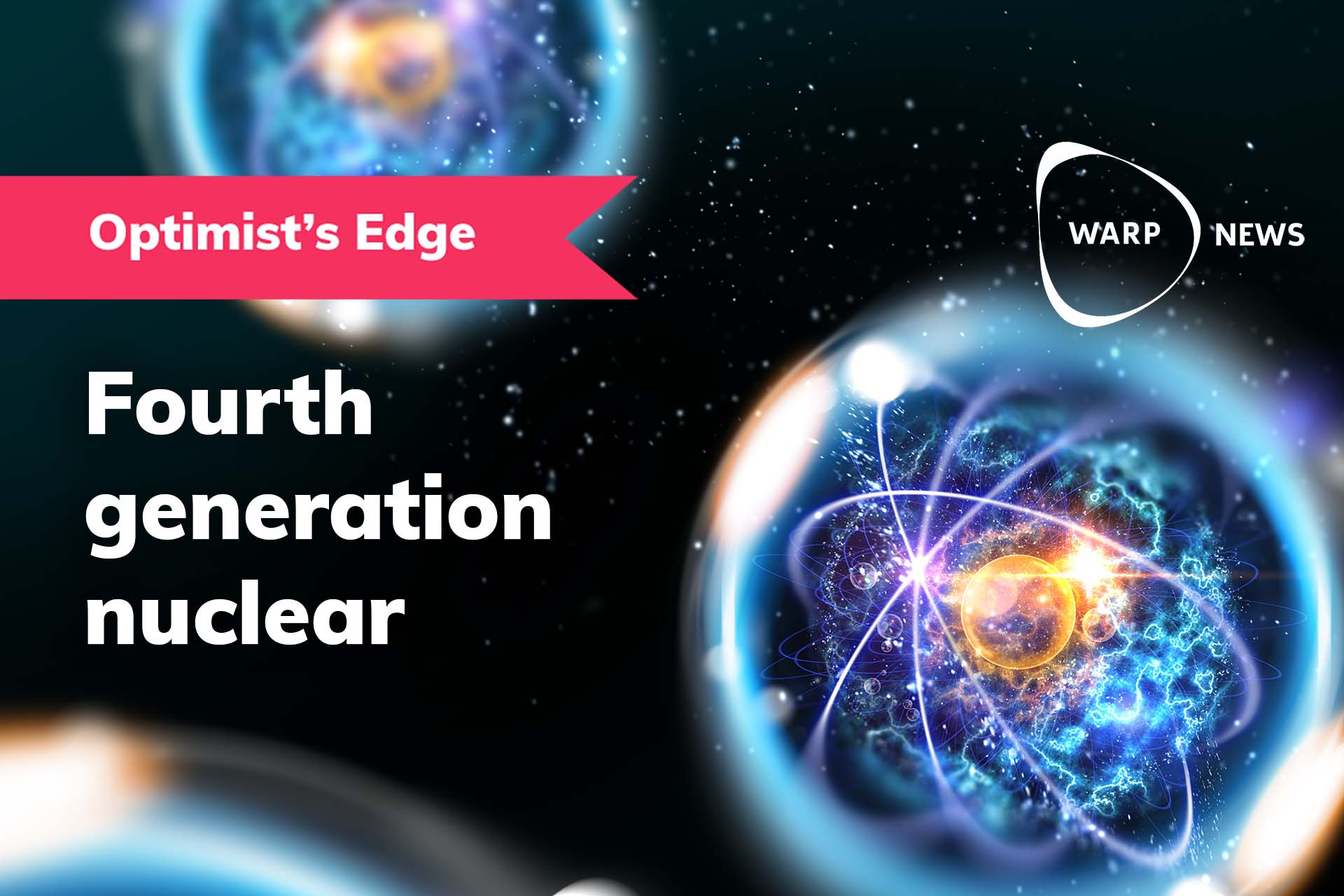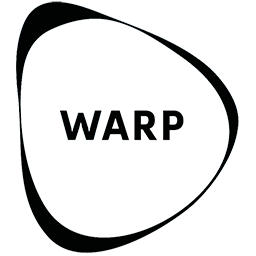
The fusion reactor at the British JET plant has smashed the previous record for how much energy a fusion reactor can produce.
By heating 0.17 milligrams of fuel to over 100 million degrees, the JET reactor generated 59 megajoules. That is more than twice as much as the previous record of 22 megajoules.
By comparison, traditional methods would require 1.06 kg of natural gas or 3.9 kg of lignite to generate the same amount of energy.
As of now, the researchers have only managed to maintain that energy level for five seconds, so commercial fusion reactors are still a long way off. Yet this is a big step forward and shows that the technology works. "All " the researchers need to do is scale up the ITER reactor technologyITER reactor, which is currently being built. Then the EU Demo reactor shows that fusion energy can be the solution to humanity's energy needs in the future.
"The record and above all what we learned about fusion under these conditions and how our predictions came true shows that we are on the right path towards a future world of fusion energy. Suppose we can sustain fusion for five seconds. In that case, we can do it for five minutes and then five hours as we scale up our operations in future reactors", says Tony Donné, CEO of the international research program Eurofusion, which coordinates the European investment in fusion energy, in a press release.
ITER is the next step towards making fusion energy commercially viable, but it is also an experimental facility not intended for commercial use. Instead, the even larger reactor EU Demo will supply power to the electricity grid and prove that fusion energy can be created in commercially viable quantities. It is not supposed to be in full operation before 2050, but all things come to those who wait…






